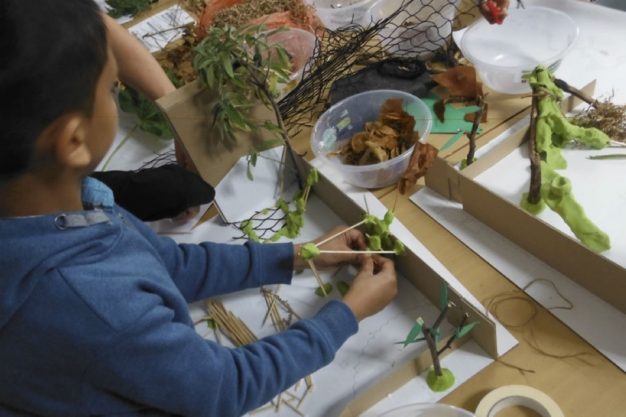
Research highlights benefits of children’s involvement in design
A 3-year research project entitled: “Children Transforming Spatial Design: Creative Encounters with Children”, aims to identify the benefits of the interactions between the designer and the child during the planning process. The research is conducted by the University of Sheffield, School of Architecture and funded by the Leverhulme Trust Research Project grant.
Child-centred design
The main aim of the research project:
Involving children in the design process is becoming a popular concept for designing child-oriented spaces such as parks, playgrounds, schools, nurseries. This research aims to create a new concept of co-design, grounded in evidence, by also exploring further the ways in which designers value children’s insights and their contribution to the planning process.
The three research questions:
- “What are the key challenges that design professionals face in their design process?”
- “What do children’s insights have to offer to the design process?”
- “What possibilities emerge out of the creative encounters between children and designers?”
Findings and outcomes:
A key overall project outcome is the valuable database which consists of a great range of projects worldwide that involve children’s participation.
The final findings of the research were presented to the public during the “Together, Spatial design with children” event that took place on Tuesday, Dec 1 in London. More information
Forthcoming book publication with Routledge: “ Designing with Children”.
Research team:
Jo Birch (Research Associate), Rosie Parnell (Principal Investigator), Maria Patsarika (Research Associate), Maša Šorn (Research Assistant and PhD candidate), based at The University of Sheffield.




